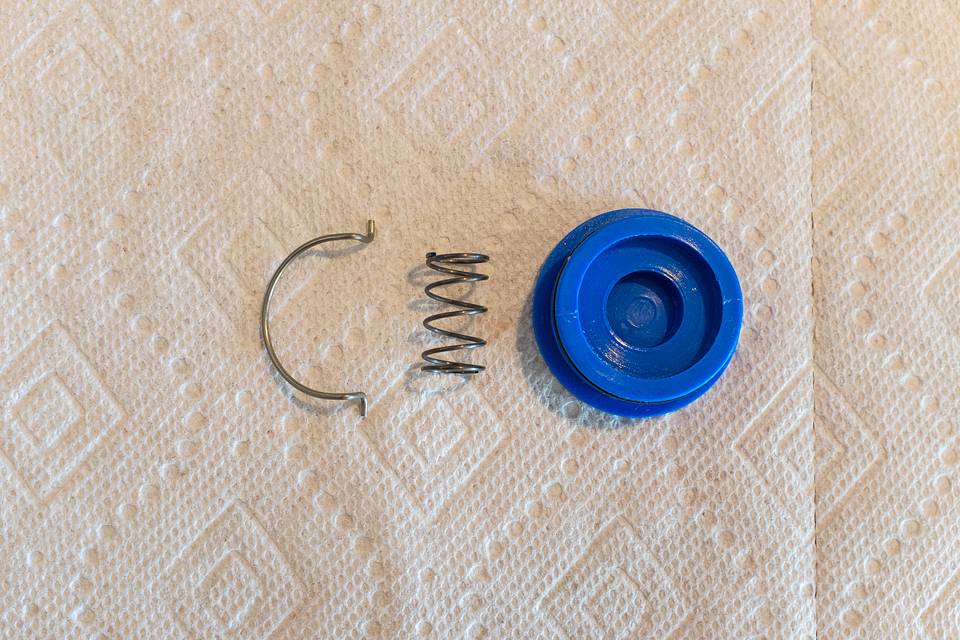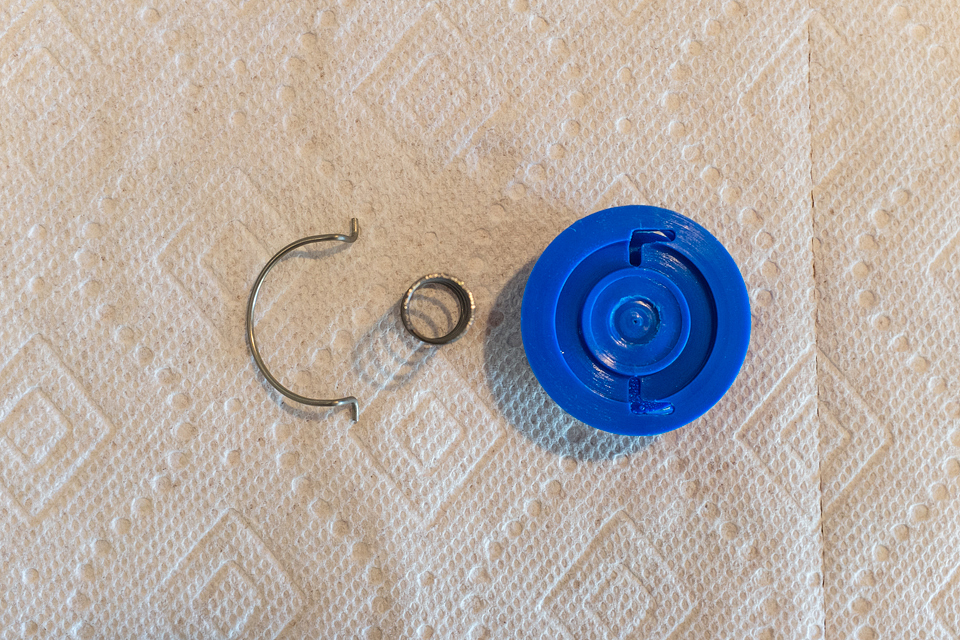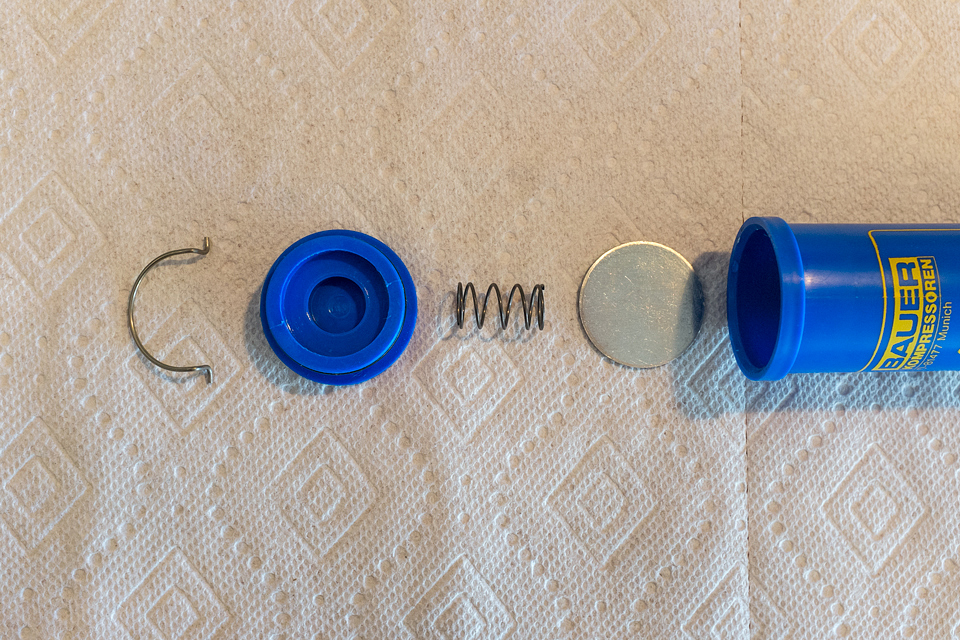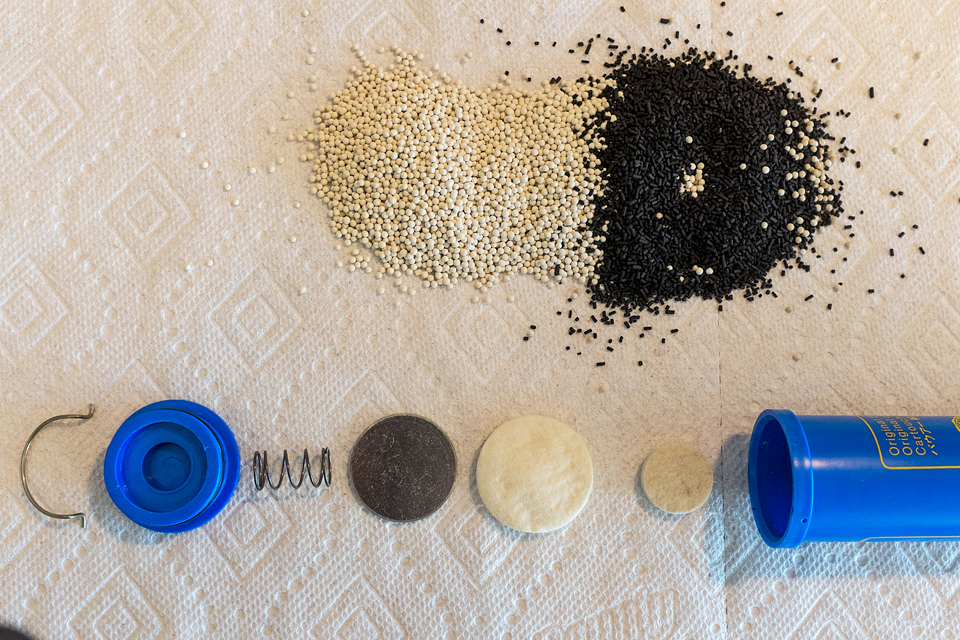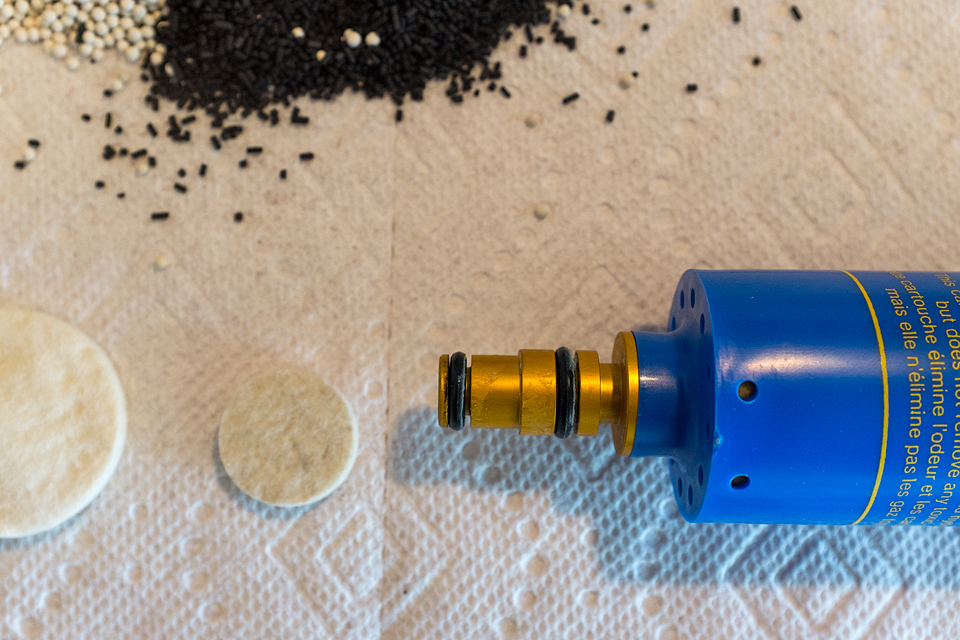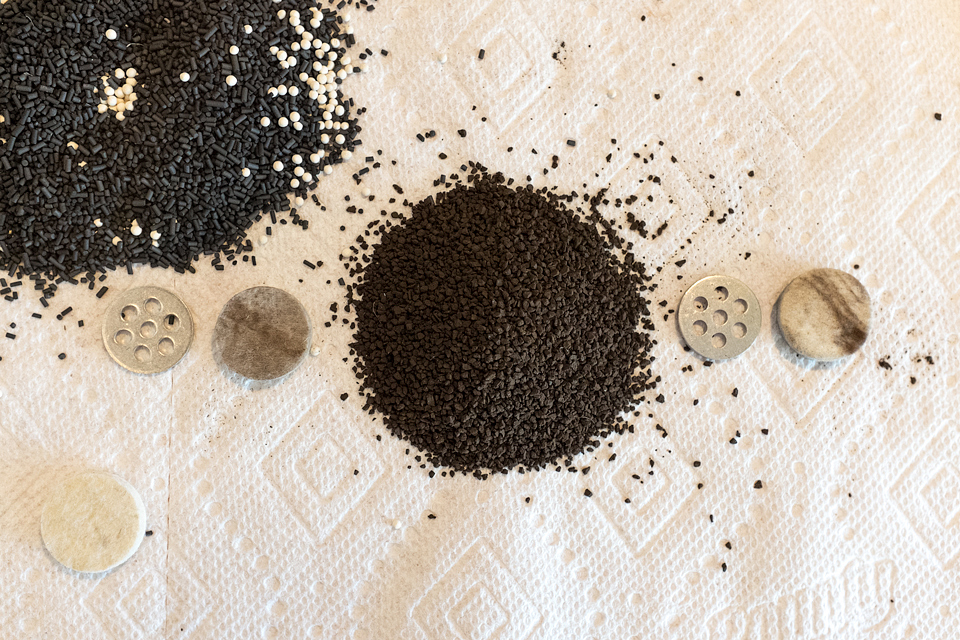BAUER P21 Triplex Air Purification System
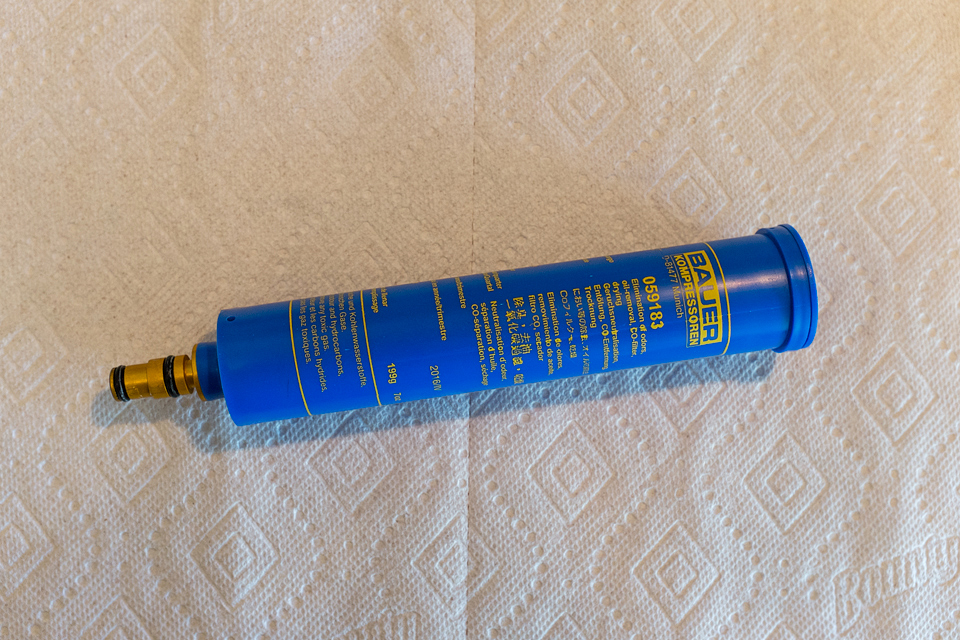
Seattle, WA.
The BAUER Oceanus Compressor comes factory installed with a P21 Triplex Air Purification System. It is also sometimes referred to as the P0. This filtration system is capable of filtering 3,200 cubic feet under normal operating conditions. BAUER guarantee’s that if you use original BAUER cartridges, under normal operating conditions, your compressed air will be free of oil, humidity, and/or hydrocarbons. In this post we’ll take a look at what’s inside one of the filter cartridges.
In the photo above you'll see the flip up ring that you use to remove the filter cartridge from the filter tower. It also secures the entire filter assembly together.
In this photo the filter cap and spring is removed. Notice the filter cap has an o-ring. This is used to seal the filter cartridge.
Bottom view of the filter cap.
Top view of the filter cap.
Starting from the right, we have the filter cartridge, metal plate under spring tension that keeps the filter media in place, spring, filter cap, and retaining ring that keeps the filter locked together and eases filter removal from the filter tower.
Inside the filter body is a tube. The inner tube houses the hopcalite (black cylindrical media) which is used as a catalyst to remove carbon monoxide. Sandwiched between the inner tube and filter body is the molecular sieve (white media). This material is comprised of very small holes of precise and uniform size. It will remove any remaining moisture from the compressed air. Filter pads go between the media.
Compressed air flows into the holes located at the base of the blue plastic body and flows through the molecular sieve. The compressed air then makes a 180 degree turn and goes through the hopcalite, activated carbon, and out the aluminum nozzle shown in the photo.
This image shows the activated carbon. To summarize here's how the compressed air flows through the entire filter assembly.
1. Inlet holes located at the base of the filter body.
2. Filter pad (not shown). It's shaped like a washer and I didn't have a tool long enough to remove it from the filter body.
3. Molecular sieve
4. Filter pad
5. Hopcalite
6. Filter pad
7. Metal support
8. Activated carbon
9. Filter Pad
10. Metal support
11. Aluminum nozzle


